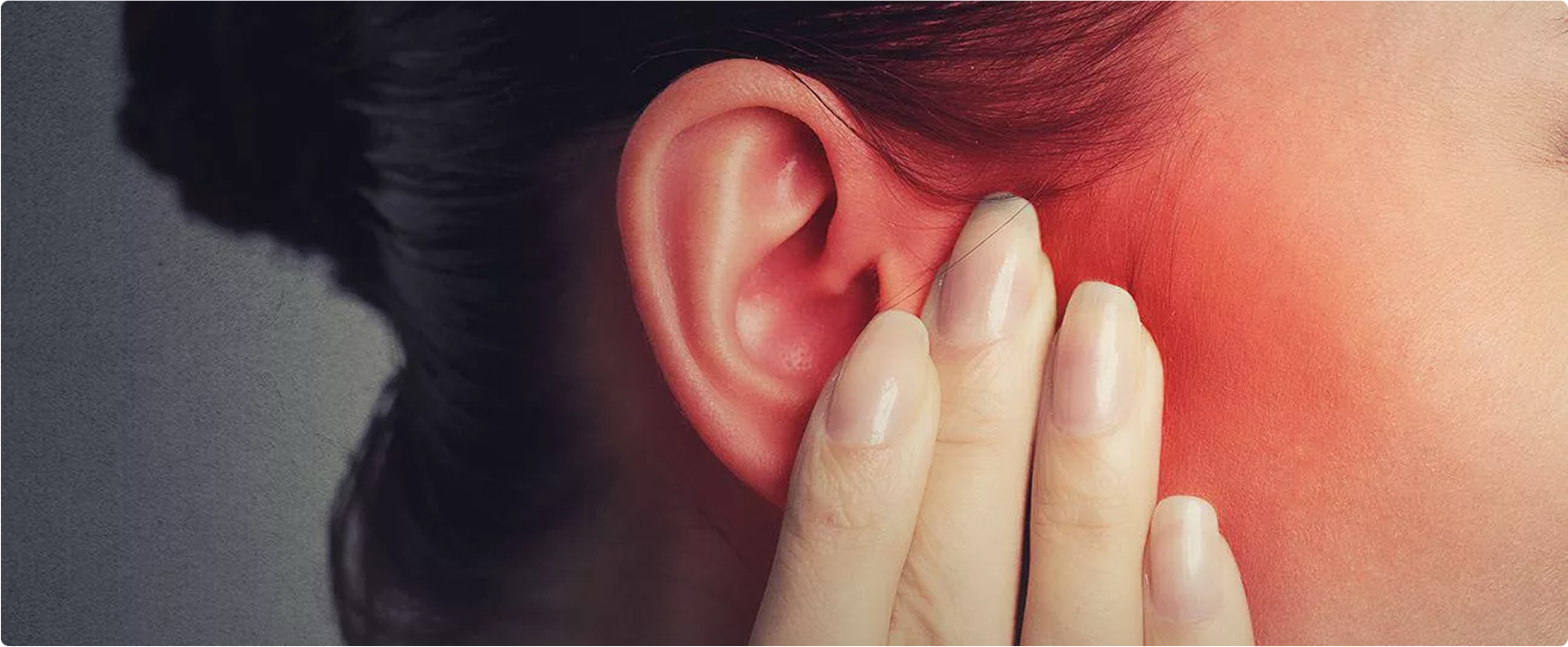Microsuction performed by a trained professional minimizes these risks and avoids complications like perforated eardrums or impacted wax. Quick and Painless: The process of microsuction is typically painless, and it is a quick procedure, often completed in just 15-30 minutes. This makes it a comfortable solution for those who need prompt relief from ear wax buildup. Improved Hearing: Removing excess ear wax can significantly improve hearing. Blockages can muffle sound, and by clearing the ear canal, microsuction can restore clearer hearing and reduce the sensation of “fullness” in the ear. Better for Sensitive Ears: People with sensitive or damaged eardrums, or those prone to ear infections, may find microsuction a safer alternative to other ear cleaning methods. It is less invasive and is performed by professionals who understand how to handle delicate ears.

Safe and Effective: Microsuction is a precise, safe, and non-invasive method for removing ear wax. Unlike other methods, such as using cotton buds or ear syringes, microsuction reduces the risk of damaging the ear canal or eardrum. It is the most effective way to clear stubborn wax without pushing it deeper into the ear.
Prevents Ear Blockages: Excessive ear wax can cause blockages, leading to discomfort, hearing loss, tinnitus (ringing in the ears), or even ear infections. Microsuction can clear blockages quickly and efficiently, restoring normal hearing and reducing the risk of infection. Avoids Complications: Using inappropriate tools or techniques to remove ear wax, such as cotton swabs, can push wax further in or injure the ear canal.

What Happens if it is Not Clean
What happens to the ear if earwax isn’t removed? Ear Blockage: Excessive earwax can accumulate and block the ear canal. This can cause a feeling of fullness in the ear, muffled hearing, and discomfort. It may also lead to difficulty hearing clearly. Hearing Loss: A significant buildup of earwax can obstruct sound waves from reaching the eardrum, leading to temporary conductive hearing loss.
This type of hearing loss typically improves once the wax is removed. Tinnitus (Ringing in the Ears): A blockage from excess earwax can sometimes cause tinnitus, which is the perception of ringing or buzzing in the ears. Clearing the wax may relieve this symptom.
Ear Infections: When earwax accumulates and is not removed, it can trap moisture and bacteria in the ear canal, increasing the risk of an ear infection (otitis externa). This can cause pain, swelling, itching, and sometimes discharge from the ear. Ear Pain or Discomfort: As earwax builds up, it can put pressure on the ear canal or eardrum, leading to pain, discomfort, or a sensation of fullness. In some cases, this can lead to more severe pain or irritation.
Impacted Earwax: If earwax is pushed deeper into the ear canal (such as by using cotton swabs), it can become impacted, making it much harder to remove and potentially causing further discomfort or hearing issues. Impaired Balance: The inner ear plays a role in maintaining balance. In some cases, excessive earwax buildup may affect the inner ear and contribute to balance problems or dizziness.


